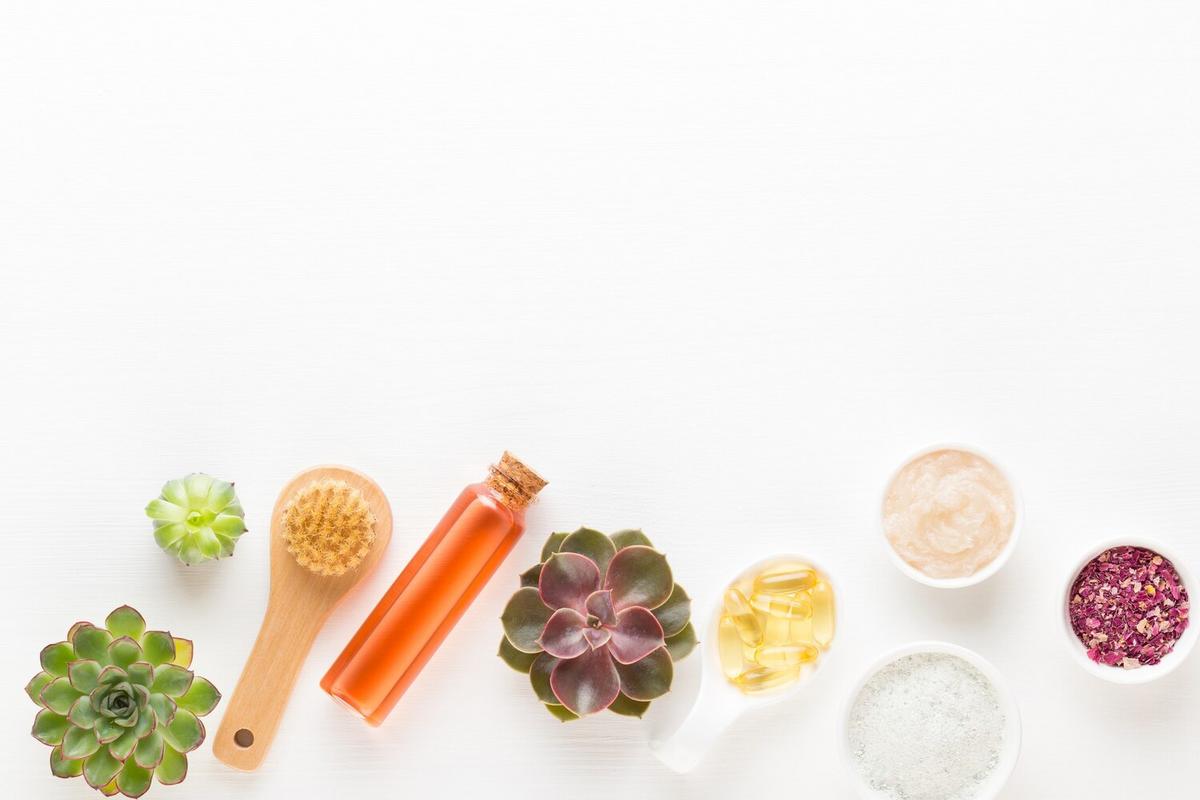Exploring the world of skincare can feel like navigating a complex maze, especially when you’re on the hunt for ingredients that can effectively counteract the signs of aging. With a plethora of options available, understanding which components truly make a difference is crucial.
Understanding Anti-Aging Ingredients
When it comes to skincare, certain ingredients have been identified by dermatologists and skincare experts as particularly beneficial for maintaining youthful skin. Knowing what to look for can transform your skincare routine and enhance your skin’s vitality.
1. Retinoids
Retinoids, derivatives of vitamin A, are frequently hailed as a staple in anti-aging skincare. They work by promoting cell turnover and stimulating collagen production, which can help reduce fine lines and wrinkles. According to dermatologists, incorporating retinoids can lead to significant improvements in skin texture and tone. Learn more about retinoids here.
2. Vitamin C
Known for its antioxidant properties, Vitamin C is another powerhouse in fighting visible signs of aging. It helps protect the skin from free radical damage and boosts collagen production. A study highlighted that regular use of Vitamin C can lead to brighter, firmer skin. For optimal results, look for serums with a concentration of 10-20% Vitamin C.
3. Hyaluronic Acid
Hyaluronic acid is renowned for its hydrating power, thanks to its ability to hold up to 1000 times its weight in water. This ingredient plumps the skin and reduces the appearance of fine lines, making it a favorite among those seeking to maintain a youthful glow.
4. Peptides
Peptides are small chains of amino acids that signal your skin to produce more collagen, which is essential for firm, elastic skin. Regular use of peptides can lead to diminished wrinkles and improved skin elasticity.
5. Niacinamide
Niacinamide, or vitamin B3, is a versatile ingredient that addresses a range of skin concerns. It helps improve skin elasticity, enhances the skin barrier, and evens out skin tone. A study found that a 5% concentration of niacinamide can effectively reduce the appearance of aging signs.
Comparison Table of Key Ingredients
| Ingredient | Benefits | How to Use |
|---|---|---|
| Retinoids | Reduces fine lines, boosts collagen | Apply at night |
| Vitamin C | Brightens, protects from free radicals | Use in the morning |
| Hyaluronic Acid | Hydrates, plumps skin | Apply morning and night |
| Peptides | Firms skin, boosts collagen | Use as needed |
| Niacinamide | Improves elasticity, evens tone | Incorporate daily |
Taking Action for Youthful Skin
Integrating these ingredients into your skincare routine can be a game-changer. Start by identifying your primary skin concerns and choose products that feature these key ingredients. It’s important to introduce new products gradually to prevent irritation.
FAQs
What is the difference between retinoids and retinol?
Retinoids are a broader category of vitamin A derivatives, while retinol is a specific type of retinoid that’s often less potent.
Can I use all these ingredients together?
Yes, but it’s wise to introduce them slowly and monitor how your skin reacts. Some combinations, like retinoids and vitamin C, may cause irritation if not used properly.
How long before I see results?
Results can vary, but most people notice improvements in 4-12 weeks, with consistent use.
Incorporating these highly regarded anti-aging ingredients can significantly enhance your skincare routine and help maintain a youthful complexion. Remember to consult with a dermatologist to tailor the best approach for your skin’s needs.




Leave a Reply